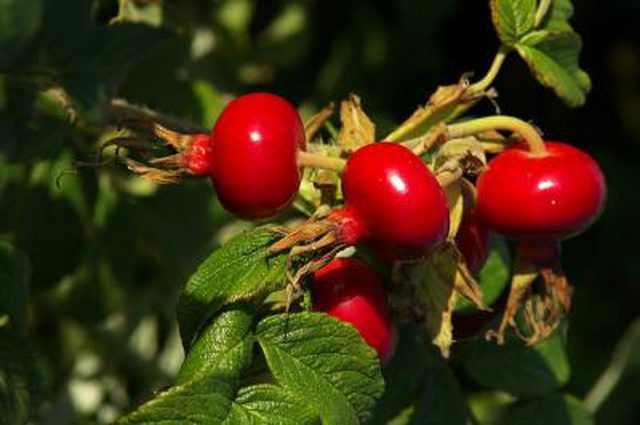Bulbs
Flower Basics
Flower Beds & Specialty Gardens
Flower Garden
Garden Furniture
Garden Gnomes
Garden Seeds
Garden Sheds
Garden Statues
Garden Tools & Supplies
Gardening Basics
Green & Organic
Groundcovers & Vines
Growing Annuals
Growing Basil
Growing Beans
Growing Berries
Growing Blueberries
Growing Cactus
Growing Corn
Growing Cotton
Growing Edibles
Growing Flowers
Growing Garlic
Growing Grapes
Growing Grass
Growing Herbs
Growing Jasmine
Growing Mint
Growing Mushrooms
Orchids
Growing Peanuts
Growing Perennials
Growing Plants
Growing Rosemary
Growing Roses
Growing Strawberries
Growing Sunflowers
Growing Thyme
Growing Tomatoes
Growing Tulips
Growing Vegetables
Herb Basics
Herb Garden
Indoor Growing
Landscaping Basics
Landscaping Patios
Landscaping Plants
Landscaping Shrubs
Landscaping Trees
Landscaping Walks & Pathways
Lawn Basics
Lawn Maintenance
Lawn Mowers
Lawn Ornaments
Lawn Planting
Lawn Tools
Outdoor Growing
Overall Landscape Planning
Pests, Weeds & Problems
Plant Basics
Rock Garden
Rose Garden
Shrubs
Soil
Specialty Gardens
Trees
Vegetable Garden
Yard Maintenance
Life Cycle of a Rose
Life Cycle of a Rose. Rose are perennials, meaning they can grow, flower and seed for many years. Perennials grow and bloom over spring and summer, then die back in the fall and winter, and renew themselves the following spring.
Rose are perennials, meaning they can grow, flower and seed for many years. Perennials grow and bloom over spring and summer, then die back in the fall and winter, and renew themselves the following spring.
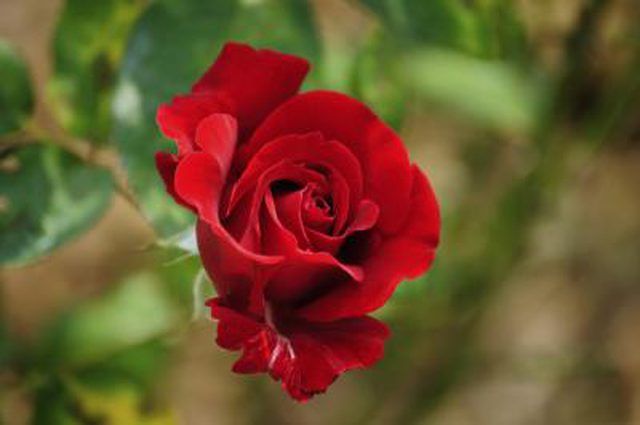
A rose grows from a seed. With the help of warm weather and water, a shoot pushes up from the ground and the plant grows bigger. Its thorns help it hang on to whatever surfaces are around it.
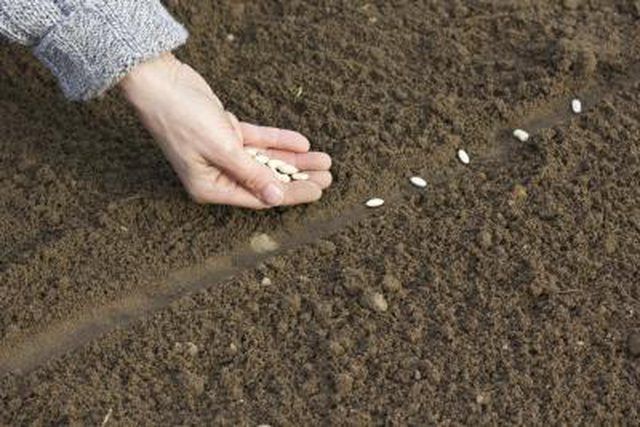
Buds appear that will become flowers. Flowers are reproduction centers for plants. Until the bud is developed enough for reproduction, it's covered by green leaf-life structures called "sepals."
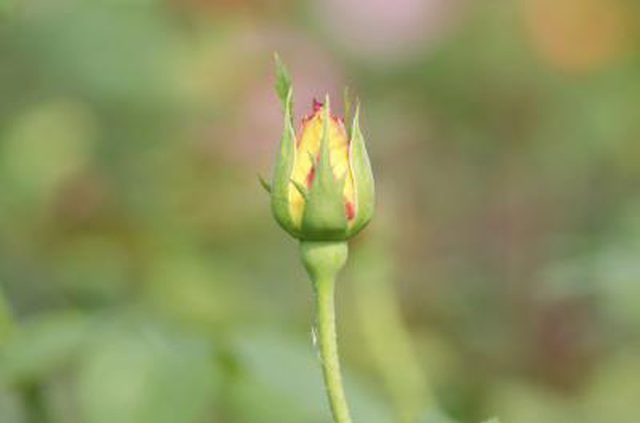
When the sepals have opened, the flower shows forth. Flowers have petals with bright colors and sweet scents to attract insects and animals, such as birds, as pollinators. Roses also produce nectar--a sugary liquid pollinating animals like as food.
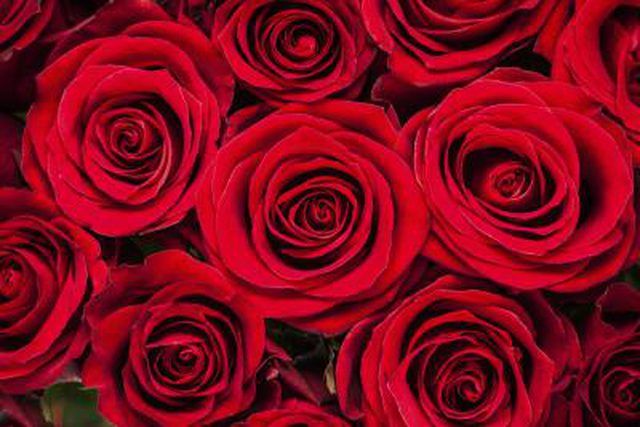
Flowers produce pollen--tiny grains needed to make seeds. Pollen sacs, called "anthers," sit on top of filaments in the flower's middle. As they feed on the nectar, pollen sticks on to insects or animals. When they go to the next flower, the pollen rubs onto it, starting pollination. The pollen is trapped by another flower's "stigma," a sticky surface at the top of the pistil, the part of the flower containing an ovule. A tube called a "style" holds up the stigma.The style leads down to the ovary that contains the ovules. Fertilized by pollen, the ovule becomes a seed.
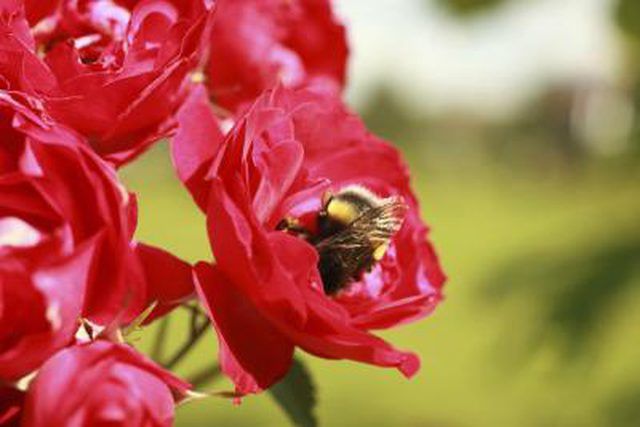
Because the flower has done its job--reproducing the plant through pollination--it begins to wither. Its petals begin to fall off, and it loses its scent.
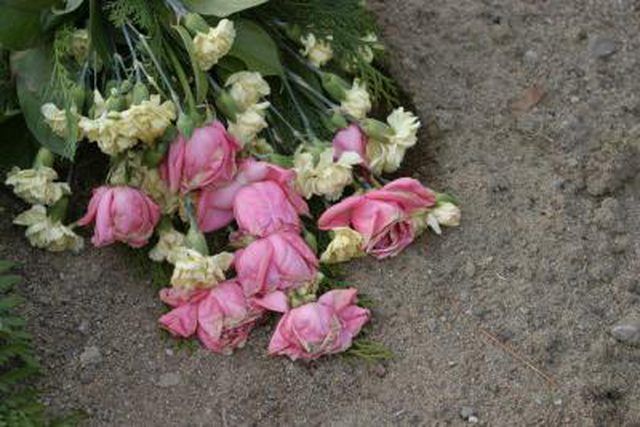
The top of a flower's stem, the "receptacle," swells from seeds beginning to grow inside of it. When the receptacle swells to its fullest and turns red, it is called a "rose hip." Rose hips are eaten by small animals and birds, who carry rose hips away from the plant. The seeds come out in animal droppings, sometimes landing on soil where they grow into new rose plants.
